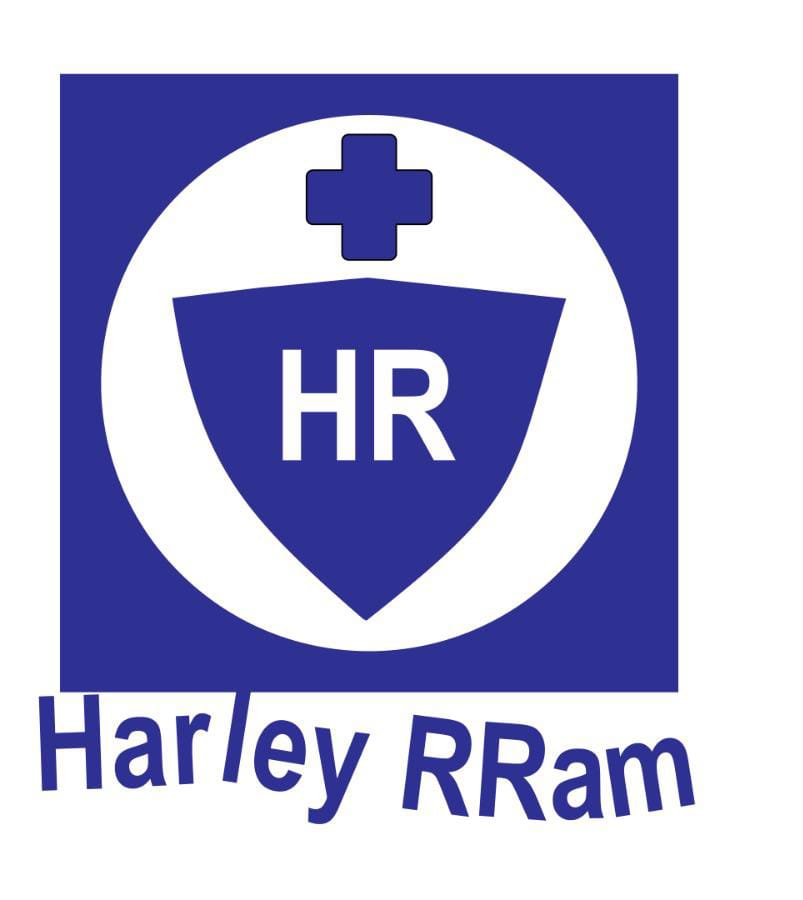What is TURP?
Transurethral Resection of the Prostate (TURP) is a surgical procedure commonly used to treat urinary problems due to an enlarged prostate. It involves removing parts of the prostate through the urethra, which helps improve urine flow and relieve symptoms of benign prostatic hyperplasia (BPH).
Why is TURP Performed?
TURP is usually recommended when an enlarged prostate causes moderate to severe urinary symptoms that affect quality of life. These symptoms might include:
-
Difficulty starting urination
-
Weak or slow urine flow
-
Frequent need to urinate, especially at night
-
Incomplete bladder emptying
-
Urinary tract infections (UTIs)
TURP is considered when medications or less invasive treatments have failed to provide relief, or when there is a risk of complications like urinary retention or kidney damage.
How is TURP Done?
During TURP, the surgeon inserts a resectoscope (a special surgical tool with a camera) into the urethra. Using this tool, small pieces of the prostate are cut away and removed. This helps widen the passage through the prostate, allowing urine to flow more easily.
TURP is typically performed under general or spinal anesthesia, and it generally takes about 60-90 minutes.
Symptoms of BPH (Benign Prostatic Hyperplasia)
The enlargement of the prostate is a common condition as men age and is the leading cause of BPH. Symptoms of BPH that may lead to TURP include:
-
A feeling of not fully emptying the bladder
-
Dribbling after urination
-
Urinary urgency
-
Inability to urinate (acute urinary retention)
If these symptoms persist or worsen, TURP might be recommended to relieve discomfort.
Who is at Risk for BPH?
-
Age: BPH is more common in men over the age of 50.
-
Family History: Having relatives with prostate problems increases your risk.
-
Lifestyle Factors: Obesity, lack of exercise, and poor diet may increase the likelihood of developing an enlarged prostate.
Diagnosis Before TURP
Before undergoing TURP, a thorough evaluation is performed:
-
Digital Rectal Exam (DRE): To feel the size and condition of the prostate.
-
Urine and Blood Tests: To check for infections or other problems.
-
Imaging Tests: Such as ultrasound, to assess the size of the prostate.
-
Uroflowmetry: Measures urine flow rate to determine the severity of the blockage.
Treatment and Recovery After TURP
-
Hospital Stay: Most patients stay in the hospital for 1-2 days after TURP. A catheter is placed to help drain the bladder during the initial recovery period.
-
Recovery: Full recovery typically takes about 4-6 weeks. During this time, it’s important to avoid strenuous activity and heavy lifting.
-
Complications: While TURP is a generally safe procedure, some men may experience temporary complications, including bleeding, urinary tract infections, or difficulty controlling urination.
In the long term, TURP is highly effective at improving urine flow and relieving symptoms of BPH.
How to Prevent BPH
While age and genetics are uncontrollable factors, the risk of BPH can be managed by:
-
Maintaining a Healthy Weight: Obesity increases the risk of an enlarged prostate.
-
Regular Physical Activity: Exercise helps reduce the risk of urinary symptoms.
-
Healthy Diet: Reducing red meat, processed foods, and including fruits and vegetables in your diet can help lower the chances of prostate enlargement.

